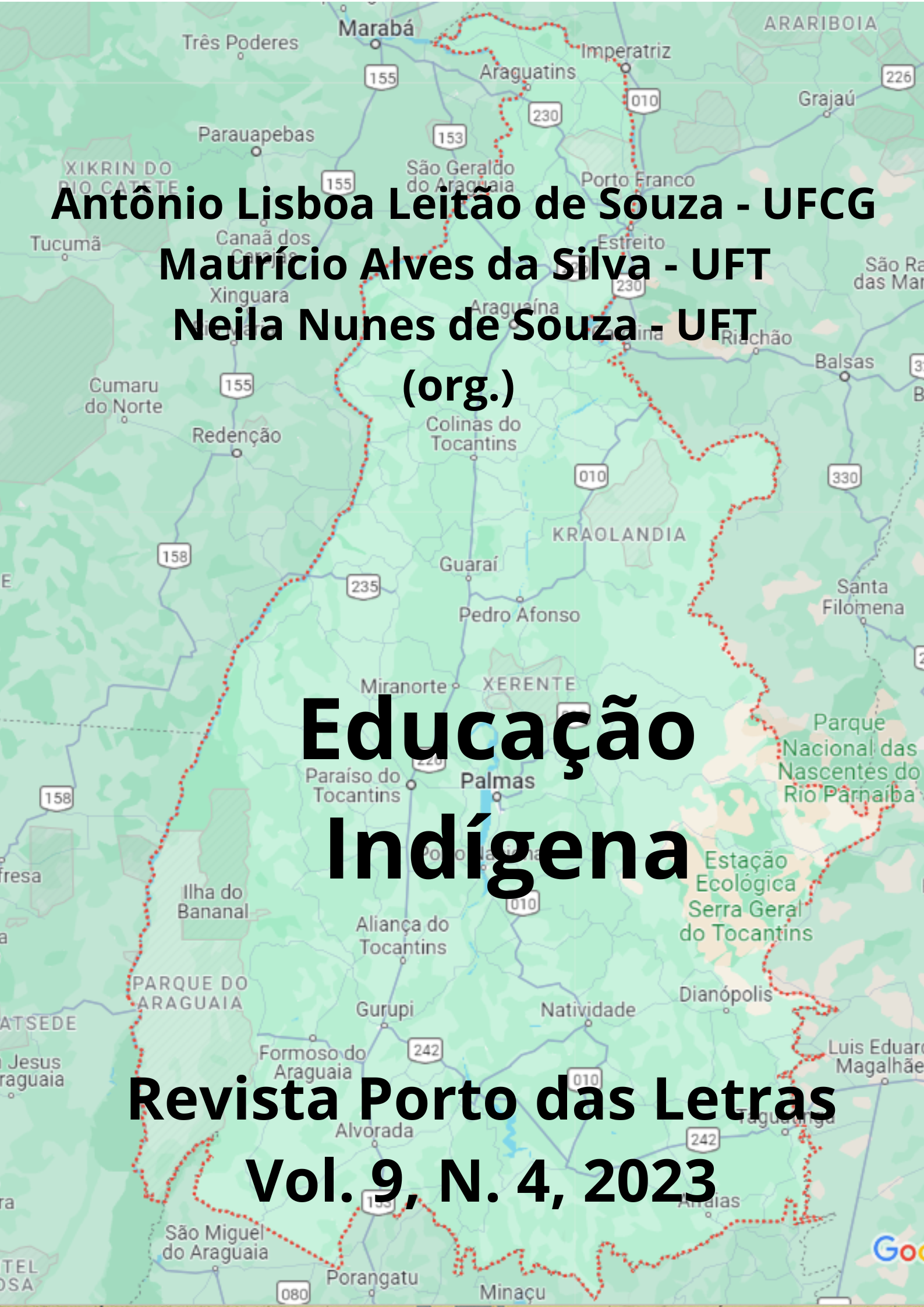Amazonian oral narratives in the teaching and learning of spanish as a foreign language (SFL): considerations about the myth of Curupira in the educational context of rural areas
Abstract
This paper aims to present some considerations on the use of Amazonian oral narratives in the rural educational context, based on the myth of Curupira in the teaching of Spanish as a Foreign Language (SFL). We consider that this "genius guardian of the forest" (CASCUDO, 2008), protector of the forests (MAGALHÃES, 1975), assumes a relevant role in the daily life of the people who live in the rural hinterland, merging and blending with reality. The image of the guardian of the forests is multiple, as the Curupira acquires new colours, shapes and attributes, making it clear that it is a supernatural being that emanates strength and vigour in its mission to defend our forests. To better understand the spirit whose mission is to protect the forest, as a theoretical basis we are guided by authors such as Cascudo (2008), Magán (2010), Cosson (2021; 2014), Colombres (2010; 2016; 2017), among others. We will present some guidelines for the use of this literature in the classroom, as a way of offering the learner of the foreign language in question the possibility of broadening and deepening linguistic and cultural knowledge, from their own reality, but with a universal dimension.
References
ANCHIETA, José. Carta de São Vicente, 1560. Conselho Nacional de Reserva da Biosfera da Mata Atlântica. Série 06. Documentos Históricos. Caderno 07. São Paulo, 1997.
ARAÚJO, Gracineia. La lengua del colonizador europeo y los mitos indígenas: análisis de la leyenda del Curupira a partir de la cosmovisión amazónica paraense. Revista Tabuleiro de Letras, p. 8-24, 2022. Disponível em: <https://www.revistas.uneb.br/index.php/tabuleirodeletras/article/view/14805/10749>Acesso em 25 de fevereiro. 2023.
BALEIRO, Zeca. Quem tem medo de Curupira? São Paulo: Companhia das Letrinhas, 2016.
BARBOSA RODRIGUES, J. Lendas, crenças e superstições. Revista Brazileira, tom X, pp. 24-47, 1881.
BARBOSA RODRIGUES, J. Poranduba amazonense, ou kochiyma-uara porandub, 1872-1887. Anais biblioteca Nacional. Volume XV. fasc. 2 pgs. 1-334. Disponible en: <http://biblio.etnolinguistica.org/rodrigues_1890_poranduba> Acesso em: 10 de novembro. 2022.
CASCUDO, Luís da Câmara. Literatura oral no Brasil. São Paulo: Global, 2008.
CASCUDO, Luís da Câmara. Geografia dos Mitos Brasileiros. São Paulo: Global, 2010.
CASSANY, Daniel. Aproximaciones a la lectura crítica: teoría, ejemplos y reflexiones. In: Tarbiya, 32. Revista de investigación e innovación educativa del Instituto Universitario de Ciencias de la Educación, Universidad Autónoma de Madrid, 2003.
COLOMBRES, Adolfo. Seres mitológicos Argentinos- 1º ed. 2º reimp. -Ciudad Autónoma de Buenos Aires : Colihue, 2016.
COLOMBRES, Adolfo. Sobre la cultura y el arte popular. Edición ampliada. Serie Antropolótica. 2º ed. 1º reimp Buenos Aires: Del Sol, 2010.
COSSON, Rildo. Letramento literário. Teoria e prática. São Paulo: Contexto, 2021.
COSSON, Rildo. Círculos de leitura e letramento literário. Teoria e prática. São Paulo: Contexto, 2014.
MAGALHÃES, José Vieira Couto de, 1837-1898. O Selvagem (por) General Couto de Magalhães; edição comemorativa do centenário da 1ª edição; contém o prefacio da segunda edição revista pelo sobrinho do autor, Dr. Couto de Magalhães; prefacio da presente edição: Vivaldi Moreira. Belo horizonte, Ed. Itatiaia; São Paulo, Ed. Da Universidade de São Paulo, 1975.
MAGÁN, Pascuala Morote. Aproximación a la literatura oral. La leyenda entre el mito, el cuento, la fantasía y las creencias. Valencia: Perifèric edicions, 2010.
MAGÁN, Pascuala Morote. La importancia de la literatura de tradición oral. Revista Educación y Pedagogía, vol. XX, núm. 50, Enero - Abril de 2008.
Downloads
Published
How to Cite
Issue
Section
License
Os autores concordam com os termos da Declaração de Direito Autoral, que se aplicará a esta submissão caso seja publicada nesta revista (comentários ao editor podem ser incluídos a seguir).

